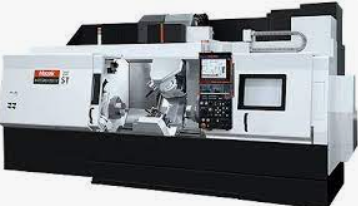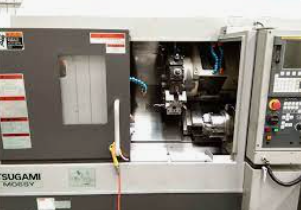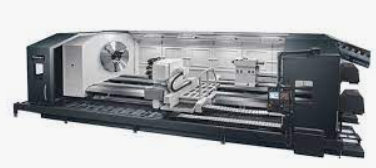
The primary advantage of a turning-milling CNC lathe is its ability to perform complex machining operations in a single setup. This eliminates the need for transferring the workpiece between multiple machines, which saves time, reduces errors, and increases overall productivity. By integrating turning and milling capabilities, this machine enables the production of highly precise and intricate parts with improved accuracy and efficiency.
The turning operation involves rotating the workpiece while a single-point cutting tool removes material to create the desired shape or dimension. On the other hand, milling involves the use of a rotating multi-point cutting tool to remove material from the workpiece, creating various features such as slots, holes, or complex contours.

In a turning-milling CNC lathe, the machine typically features a turret with multiple tool stations that can hold turning tools, milling tools, and other cutting tools. This turret can be automatically indexed to bring the desired tool into position for the specific operation required.
The CNC control system of the lathe interprets the part program, which contains instructions for the machining operations, and controls the movement of the cutting tools and workpiece. The operator can program the lathe using various programming languages, such as G-code or CAM (Computer-Aided Manufacturing) software.

Overall, turning-milling CNC lathes provide manufacturers with increased flexibility, reduced setup time, and enhanced machining capabilities, making them well-suited for the production of complex parts in industries such as aerospace, automotive, medical, and general engineering.





 Customer service 1
Customer service 1  Customer service 2
Customer service 2